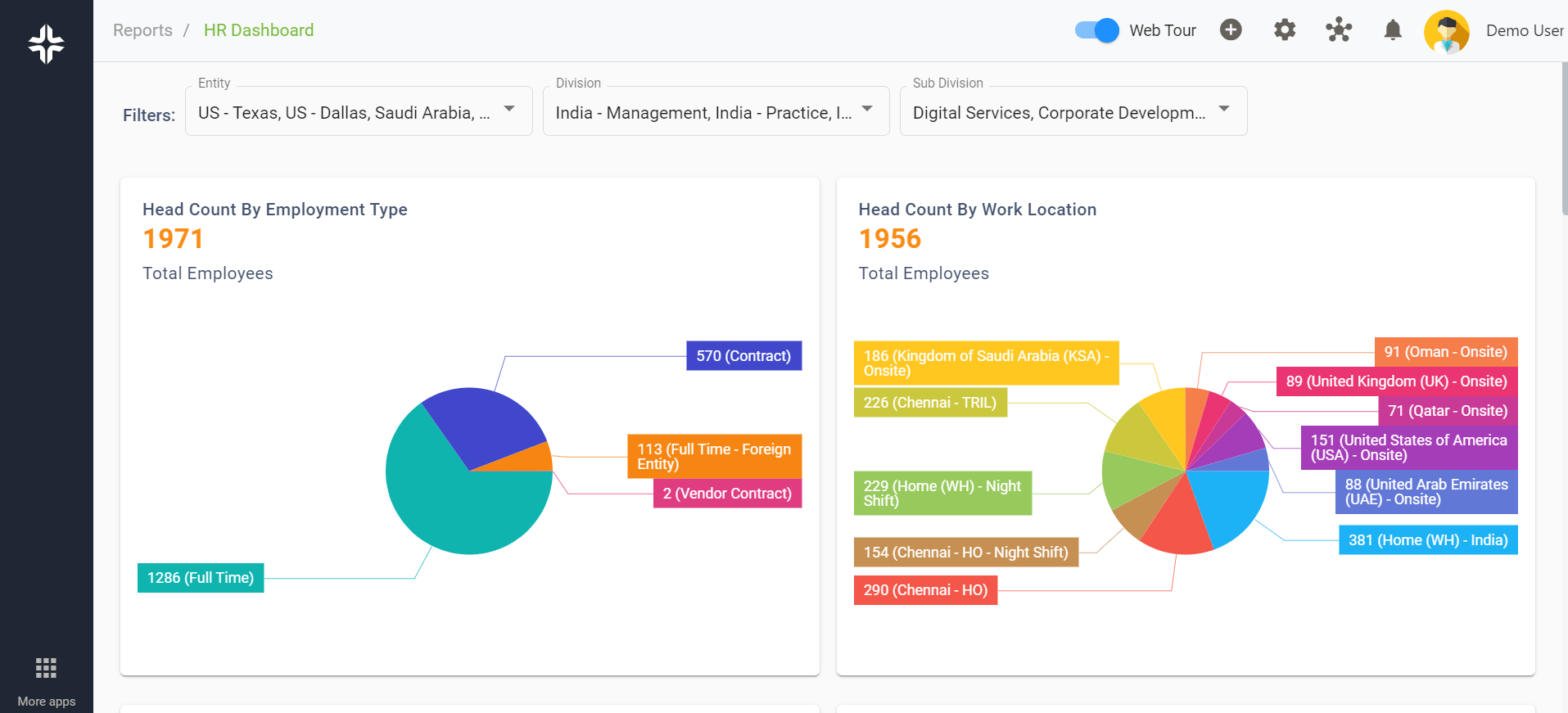Home » PSApedia
Employee Benefits Utilization
Dive into Insights on Employee Benefits Utilization. Optimize Offerings and Maximize Employee Satisfaction.

What is Employee Benefits Utilization?
Employee Benefits Utilization refers to how effectively employees use the benefits provided by their employer. This includes health insurance, retirement plans, paid time off, and other perks. In the realm of Professional Service Automation (PSA), understanding and optimizing this utilization is crucial for maintaining a satisfied and productive workforce.
In the realm of Professional Service Automation (PSA), optimizing employee benefits utilization is essential for fostering a thriving work environment and achieving organizational goals.
The Importance of Employee Benefits Utilization
Employee benefits encompass various offerings provided by employers beyond salaries. These can include health insurance, retirement plans, paid time off, wellness programs, and more. Employee benefits utilization refers to the degree to which employees make use of these offerings provided by their organization. Effective utilization of employee benefits is essential for several reasons:
1. Employee Satisfaction: Properly utilized benefits lead to higher employee satisfaction and morale.
2. Cost Efficiency: Ensures the company’s investment in employee benefits yields positive returns.
3. Talent Attraction and Retention: A well-utilized benefits package can be a key differentiator in attracting and retaining top talent.

The Importance of Employee Benefits Utilization
How to calculate Employee Benefits Utilization?
To measure utilization, companies should track metrics such as enrollment rates, usage rates of specific benefits, and employee feedback on benefits. Tools like resource management software can aid in collecting and analyzing this data.
1. Identify Types of Benefits:
Start by listing all the benefits offered to employees. Common benefits include health insurance, retirement plans, paid time off, wellness programs, and any other perks provided by the employer.
2. Define Utilization Metrics:
Determine the specific metrics you want to track for each benefit. For example, for health insurance, you might track the number of medical visits or preventive services utilized by employees. For retirement plans, you might look at the percentage of employees contributing to the plan.
3. Collect Data:
Gather relevant data for each benefit. This may involve collaborating with the HR department, benefits administrators, or using data from the benefits provider. Data sources could include claims data, employee surveys, or enrollment records.
4. Calculate Utilization Rates:
Use the collected data to calculate utilization rates for each benefit. The formulas will depend on the specific metric you’re measuring. For example:
Utilization Rate = (Number of Claims or Services Used / Total Number of Eligible Employees) x 100
Employee Benefits Utilization vs Employee Satisfaction
While closely related, employee benefits utilization and employee satisfaction are distinct concepts. High utilization rates often correlate with higher satisfaction, but it’s possible to have underutilized benefits that employees are unaware of or find difficult to access.
| Aspect | Employee Benefits Utilization | Employee Satisfaction |
|---|---|---|
| Definition | The extent to which employees use offered benefits and perks | The level of contentment and happiness employees feel in their roles |
| Importance / Use | Indicates the perceived value and relevance of benefits provided | Reflects the overall happiness, engagement, and morale of employees |
| Metrics involved | Metrics related to the usage of healthcare, time off, retirement plans, etc. | Feedback surveys, ratings, and reviews regarding job satisfaction |
Strategies to Improve Employee Benefits Utilization
EBR is a strategic tool for businesses in PSA. It can guide pricing strategies, resource allocation, and service delivery models. By analyzing and optimizing EBR, companies can enhance their profitability and competitive edge. Regular monitoring of EBR also aids in identifying trends and making adjustments to billing practices as needed. Improving utilization involves:
1. Effective Communication: Clearly communicate the available benefits to employees.
2. Regular Feedback: Use employee 360 feedback to understand employee needs and adjust benefits accordingly.
3. Ease of Access: Simplify the process of accessing benefits.
Ready to Optimize Your Employee Benefits Utilization?
KEBS, a comprehensive PSA software, provides tools and features that can help businesses maximize their EBR. With advanced billing systems and analytics, KEBS enables efficient tracking and management of billable hours, helping companies optimize their billing rates and improve overall profitability. KEBS PSA software offers various tools to enhance benefits utilization:
Manage all aspects of employee benefits in one place. Use KEBS analytics to understand utilization patterns and make informed decisions. Tools like KEBS employee exit software help in understanding the reasons behind employee turnover and their benefits utilization.

KEBS HR Dashboard
KEBS offers a range of tools to aid in this process. To learn more about how KEBS can assist in optimizing your employee benefits utilization, contact us or request a demo.



